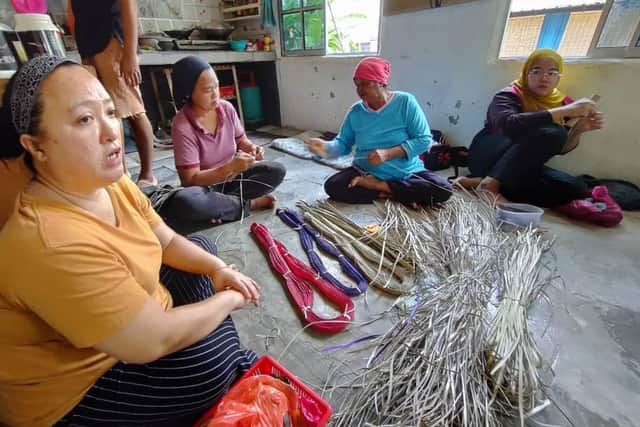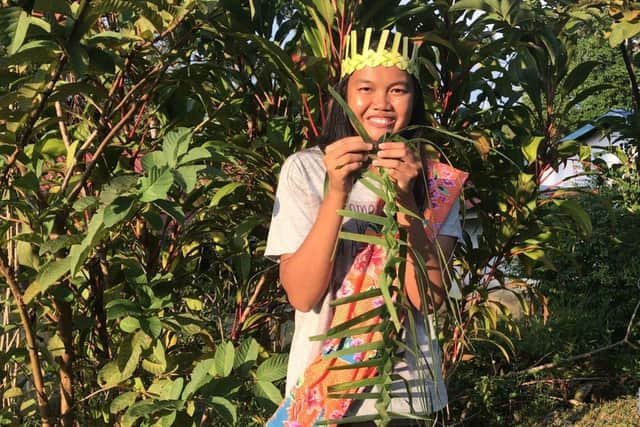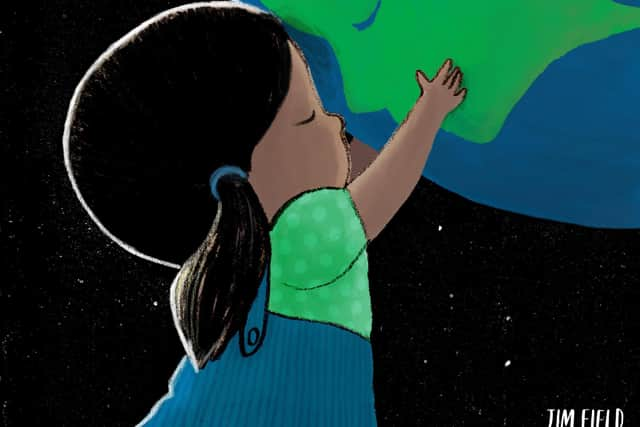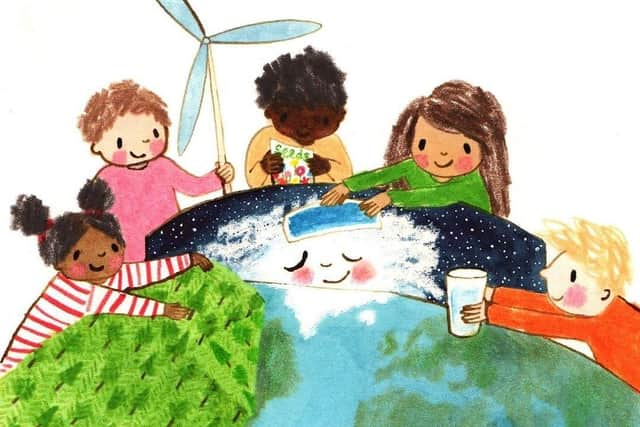COP26: Call for Glasgow exhibition spaces to showcase world's climate-hit communities
Organisers of the Climate Fringe are calling for people and businesses in Glasgow to help showcase artworks created by communities in some of the world’s poorest countries that are being hit hardest by the environmental crisis.
The works will be part of a citywide exhibition taking place in the run-up and throughout the United Nations climate summit COP26, being staged in Glasgow in November.
Advertisement
Hide AdAdvertisement
Hide AdCOP26, which was postponed from last year due to Covid, is the most important climate meeting since the Paris Agreement was set out in 2015.


Around 25,000 visitors from across the globe are expected to come to the city for the two-week conference.
Now the Climate Fringe team is calling for help to highlight how increasingly extreme weather caused by rising greenhouse gas emissions is already affecting some of the most vulnerable people in the world and allowing their voices to be heard at the summit.
Kat Jones, from environmental coalition Stop Climate Chaos Scotland, which is behind the festival, said: “Covid means that many people, especially those coming from the frontline of the climate crisis, are not able to travel to Glasgow to make their case to world leaders.
“It is absolutely imperative that these voices are heard during COP to bear witness to the effects of climate breakdown and hold our leaders to account.


“Some of these groups are bringing together exhibitions and items to send to Glasgow in their place, and we are calling on locals to help us find places for them.”
Ili Nadiah Dzulfakar, chair of Klima Action Malaysia, is based in Kuala Lumpur and works with women and young people from indigenous communities who are hoping to have their woven works showcased in Glasgow.
She said: “Heatwaves and flooding are frequent, with disastrous ramifications to people's economy, health, water and food security, leading to political tension.
Advertisement
Hide AdAdvertisement
Hide Ad“In this project, the indigenous youth and women are not artists – at least in the western idea of what artist means.


“They are ordinary folks, mothers and daughters, movers, leaders and activists in their communities.
“The main exhibit is an art installation made from weaving materials in the Malaysian forests and video projections from indigenous communities on their climate narrative.”
The installation symbolises the struggles facing Malaysians and the world.


“Weaving is the process of combining and connecting one material to the other to form a strong structure,” Ms Dzulfakar said.
“In a way, weaving connects us all, allowing us to reach out to others and build partnerships for a better future.”
Exhibiting Glasgow will represent the first participation in a COP summit for Malaysia’s indigenous people.
Ms Dzulfakar says the tapestries will illuminate linkages between climate change and land rights.
Advertisement
Hide AdAdvertisement
Hide AdShe said: “We hope to influence the public perception of the indigenous plight, how the global community is tied to these struggles and how indigenous empowerment is a key for climate solutions.
“COP26 marks a critical point to deliver ambitious climate commitments.
“We are calling for increased climate finance from developed nations.
“Post-pandemic recovery planning must include a pathway to a green economy that centres on equity and justice.”
A message from the Editor:
Thank you for reading this article. We’re more reliant on your support than ever as the shift in consumer habits brought about by coronavirus impacts our advertisers.
If you haven’t already, please consider supporting our trusted, fact-checked journalism by taking out a digital subscription.
Comments
Want to join the conversation? Please or to comment on this article.
